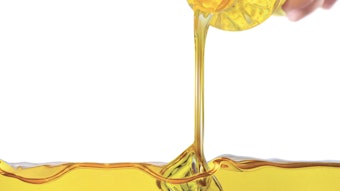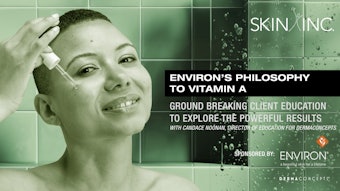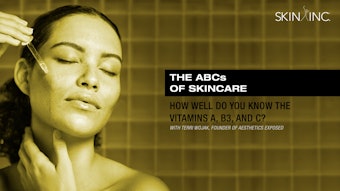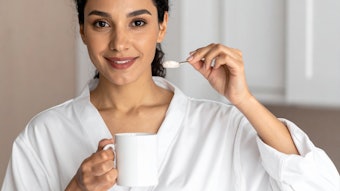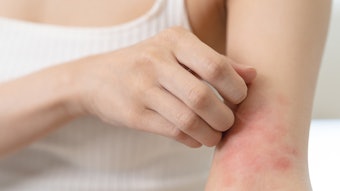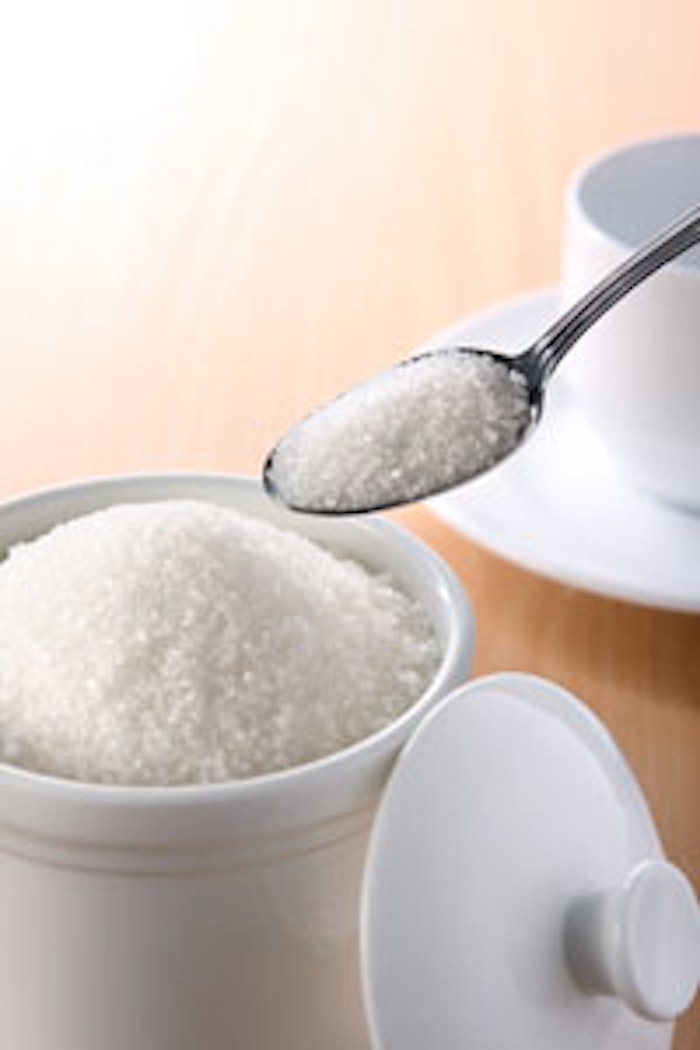
Every year, the International Academy of Cosmetic Dermatology's World Congress plays host to some of the top skin experts in the world, with research presentations and exhibits highlighting some of the most cutting-edge dermatology research in the industry.
Most people think the main reason we get wrinkles is because of too much sun. That's why we stay out of it when we can ... wear sunblock when we go outside and never, ever go within fifteen feet of a tanning bed. So why are we still getting wrinkles?
Sugar. That's right … sugar causes wrinkles. And not just the kind of sugar you get from candy bars and soda. We're talking about a glass of wine, a bowl of pasta, a slice of bread … even excess protein, fruit and veggies eventually turn into sugar (glucose) in the body.
Research reveals that sugar ages your skin through a process called glycation.
The science behind glycation is a little complex, but Elle magazine explained it in a recent article titled Sugar and Aging: How to Fight Glycation as follows: "When you have sugar molecules in your system, they bombard the body's cells like a meteor shower—glomming onto fats and proteins in a process known as glycation. This forms advanced glycation end products (commonly shortened, appropriately, to AGEs), which cause protein fibers to become stiff and malformed … The proteins in skin most prone to glycation are the same ones that make a youthful complexion so plump and springy—collagen and elastin. When those proteins hook up with renegade sugars, they become discolored, weak and less supple; this shows up on the skin's surface as wrinkles, sagginess and a loss of radiance"
If that wasn't bad enough, grilling, frying, toasting and roasting foods all produce high levels of advanced glycation end products (AGEs). So things like crusted breads, grilled chicken, coffee (the beans are roasted!), and even granola—a health-nut staple—is an AGE double whammy, since it has lots of sugar and it's toasted. "When you're younger," explains SanMedica International's Amy Heaton, MD, PhD, "your body is producing more collagen and can ward off much of the damage. However, by the time you reach your mid-30s a build-up of sun damage, environmental oxidative stress, hormonal changes, and the accumulation of AGEs begins to take its toll at the same time your ability to repair the damage declines … making your skin look… well, old."
While glycation can't be completely stopped (after all, we can't stop eating), there are a number of pharmaceutical and cosmetic companies that have been working on "glycation busters" that have the ability to break the glycation-related cross-linking that's already formed. One such "glycation buster" is a revolutionary new, topically applied compound called Theraglycan-3, from SanMedica International.
Three separate clinical trials were conducted to establish the efficacy of Theraglycan-3. In the studies, women used a Theraglycan-3 cream twice a day (a 2% day cream in the morning and a 4% concentrated night cream before bed). They applied the Theraglycan-3 cream to half their skin and a placebo cream to the other half for two months. The autofluorescence technology proved Theraglycan-3 significantly reduced AGEs in the skin equal to an 8–10 year age differential compared to the placebo side. But what's more, because of the way AGEs occur, Theraglycan-3 can actually reduce their occurrence by blocking surface glycotoxin formation, helping to shield the skin from future glyco-damage, as well.
Why is this important? This is the first time an anti-glycation compound has been tested to reduce actual AGE content in human skin and make it appear measurably younger... 8–10 years younger, to be exact. This new glycation-busting formula is in the top-secret product SanMedica revealed at its Scientific Summit this past weekend, and will be sold under the trade name GlyTerra-gL. GlyTerra-gL and its unique Theraglycan-3 compound have been proven to decrease the age-related effects of sugar damage, reduce the look of fine lines, deep wrinkles and crow's feet, improve the appearance of age spots, loose, droopy, flaccid skin.
For more information about the 9th World Congress of Cosmetic Dermatology, visit www.wcocd2013.com.
